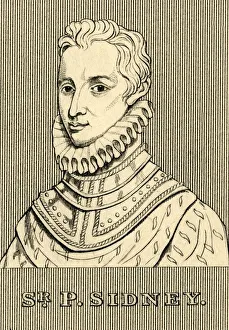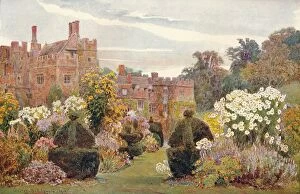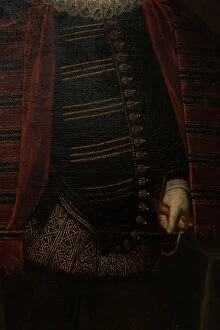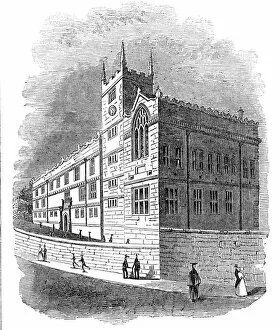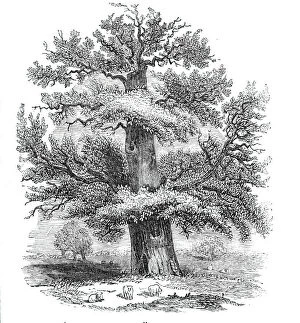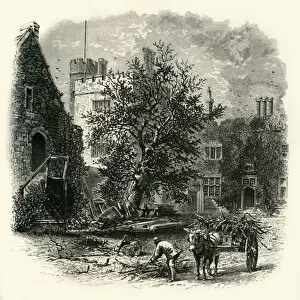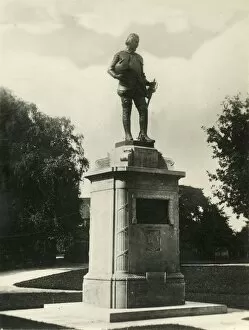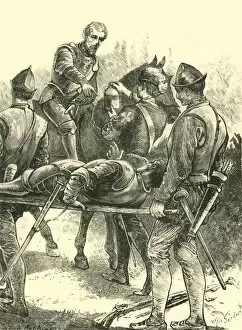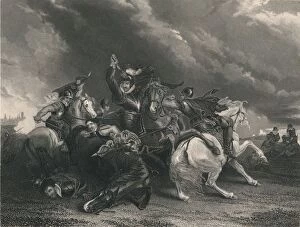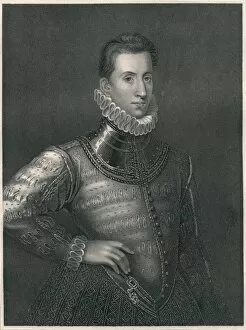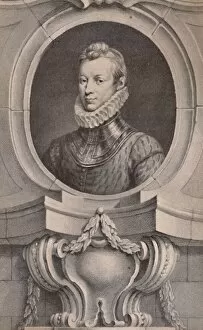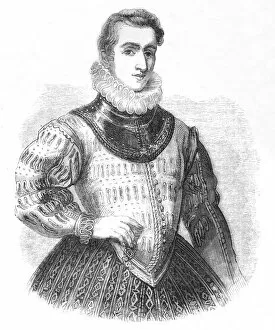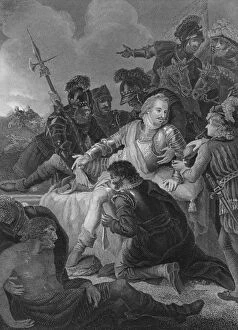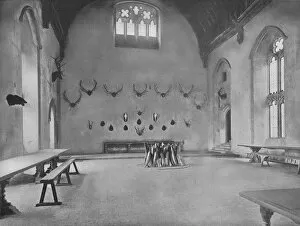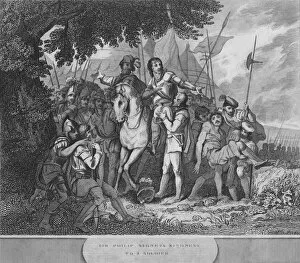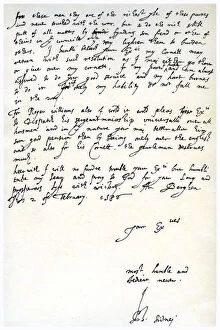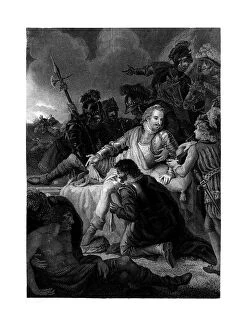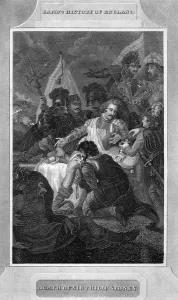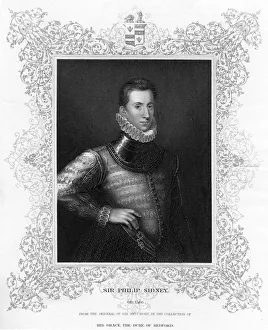Philip Sydney Collection
Sir Philip Sidney, also known as Sir P. Sidney, was a prominent figure in the late 16th century
All Professionally Made to Order for Quick Shipping
Sir Philip Sidney, also known as Sir P. Sidney, was a prominent figure in the late 16th century. Born in 1554 and passing away at the young age of 32 in 1586, he left an indelible mark on English literature and history. This enigmatic man is captured through various artistic representations. One such portrayal is an oil painting from 1830, where Sir Philip Sidney's features are brought to life by an unknown artist. Another canvas from the same period showcases him once again, emphasizing his birth and death years - a testament to his short but impactful life. In addition to these paintings, there are depictions of places significant to Sydney's legacy. The Grammar School in Shrewsbury stands tall since its creation in 1845 – a place that played a role in shaping this remarkable individual's education. The Sydney Oak at Penshurst holds historical significance as well; it stands proudly since its depiction in 1844 by an unknown artist. This tree witnessed moments that inspired one of England's greatest poets and statesmen. A courtyard scene from around the year 1870 transports us back to Penshurst once more – perhaps echoing footsteps taken by Sir Philip himself during his time there. Memorials honoring this extraordinary man can be found across different eras too. A memorial dedicated to him at Shrewsbury Schools dates back to the early twentieth century while another artwork portrays him during his heroic actions at Zutphen in 1586 – both created by anonymous artists who recognized Sydney's valor and impact on history. Furthermore, we see glimpses into how later generations perceived Sir Philip Sidney through art created long after his passing. An early-mid nineteenth-century piece captures him with elegance and poise while another work from c1907 shows him alongside a dying soldier – highlighting not only his military prowess but also compassion for those under his command.

